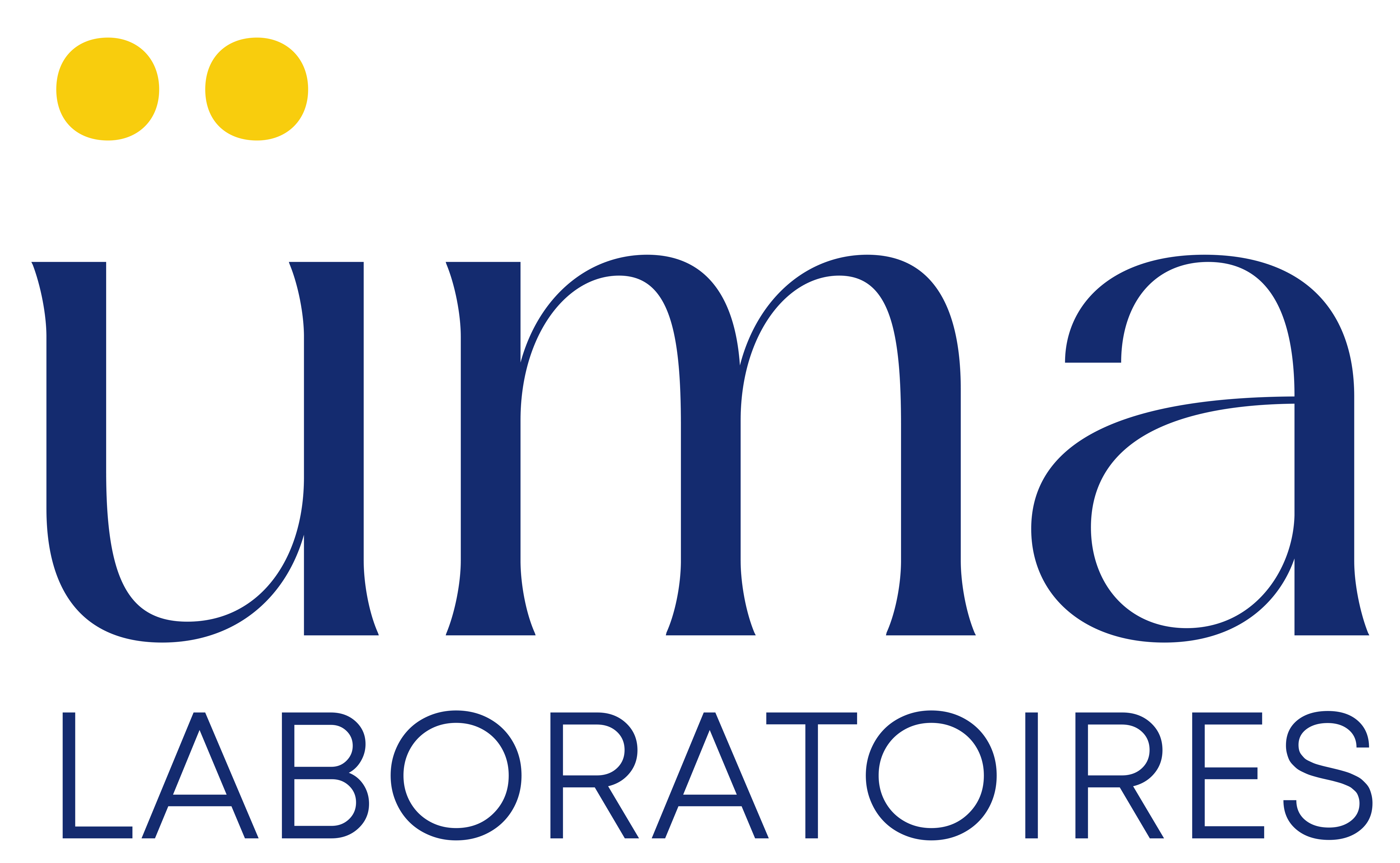Are hot flashes bothering you on a daily basis? Here are three breathing techniques that can quickly help relieve them, without any equipment or special effort. These methods are effective in calming your body, reducing the intensity of your symptoms, and bringing back a sense of well-being.
Summary of Techniques:
- Deep abdominal breathing: Calms stress and stabilizes body temperature.
- Rhythmic breathing: It calms the nervous system and reduces the frequency of episodes.
- Refreshing Breathing: Inspired by yoga, it cools the body during a crisis.
Why try it? These exercises are easy to fit into your daily routine and can be done anytime: when you wake up, before bed, or whenever you feel a bout coming on.
Dive into the article to find out how to master them in just a few simple steps.
How to ease heartburn and hot flashes ...
Hot Flashes: The Basics and Their Effects
Hot flashes, a common symptom of menopause, become easier to understand and manage when their underlying process is clearly explained.
What Happens During a Hot Flash?
A hot flash is a sudden surge of intense warmth in your upper body, often accompanied by:
- Redness on the face and neck
- Excessive sweating
- Your heart rate is speeding up.
- A general feeling of unease
These episodes can last anywhere from a few seconds to several minutes, and their intensity can vary.
Why Do Hot Flashes Occur?
During menopause, shifts in estrogen levels can disrupt the body’s thermostat in the hypothalamus. This leads to a quick dilation of blood vessels, which is what causes that sudden, intense burst of warmth.
Impact on Daily Activities
Hot flashes can disturb several aspects of daily life, including:
Disturbed sleep: Night sweats interrupt your rest, leaving you with persistent fatigue.
Emotional state: A study by Laboratoires üma describes these emotional effects accurately:
Maybe you're feeling more irritable than usual, constantly exhausted, or finding it hard to enjoy the activities that once brought you joy... The uncertainty can feel overwhelming. It’s tough to pinpoint exactly what's wrong when everything seems off. Just know that you're not alone – what you're experiencing is real, and there is a way forward.
Physical discomfort: These unpredictable episodes can cause some unease in both social and professional settings, adding to the other physical changes that come with menopause.
Learning breathing techniques can help minimize these effects and better manage these episodes on a daily basis.
1. Deep Abdominal Breathing
Deep abdominal breathing, also known as diaphragmatic breathing, can help ease hot flashes. It's easy to practice and fits perfectly into any part of your day.
Steps to Breathe Well
Sit or lie down comfortably. Place one hand on your chest and the other on your belly. Breathe in through your nose for 4 seconds, letting your belly expand, hold your breath for 2 seconds, and then slowly exhale through your mouth over 6 seconds. Repeat this exercise 5 to 10 times.
Why This Technique Works
This breathing technique activates your parasympathetic system, slows down your heart rate, helps stabilize your body temperature, and reduces stress.
To get the most out of it, try this method at the following times:
- In the morning, as soon as you wake up
- Before a stressful situation
- At the first signs of a hot flash
- Before bedtime, take a moment to relax.
This simple exercise can be an effective tool for naturally managing hot flashes. Let's explore another method to complement your breathing practices.
2. Rhythmic Breathing
Rhythmic breathing can help regulate body temperature and reduce the intensity of hot flashes. By following a steady rhythm, it helps to calm the nervous system.
How to Practice Rhythmic Breathing
Here are the simple steps to follow:
- Sit comfortably: Keep your back straight in a quiet place.
- Breathe in through your nose: For 4 seconds.
- Take a break: Hold your breath for 4 seconds.
- Exhale slowly: Through your mouth, over a span of 8 seconds.
Repeat this cycle for 5 to 10 minutes, ideally 2 to 3 times a day. A discreet timer or a meditation app can be handy to guide you along the way.
Why try rhythmic breathing?
This method can bring several concrete benefits:
- Immediate Relief: Quickly reduces the intensity of hot flashes.
- Fewer crises: Reduces their frequency in the long run.
- Relaxing Effect: Helps you regain a state of calm.
For better results:
- Practice at regular times, or whenever you feel a wave coming.
- Breathe smoothly and effortlessly.
- Don't force your breathing.
By combining this technique with abdominal breathing, you can boost its effectiveness against hot flashes. Incorporate these exercises into your daily routine to get the most out of them.
3. The Refreshing Breath
The refreshing breathing technique, inspired by Sitali pranayama, is an effective method to quickly lower your body temperature during a hot flash. It perfectly complements other breathing techniques by offering a targeted cooling effect.
How to Practice Refreshing Breathing
This method is simple and can be used as soon as you feel a hot flash:
- Starting Position: Sit comfortably with your back straight.
- Rolling the tongue: Create a small channel by gently rolling your tongue.
- Inspiration : Inhale slowly through your mouth for 5 seconds.
- Pause : Close your mouth and hold your breath for 2 seconds.
- Expiration: Exhale gently through your nose for 8 seconds.
If you can't roll your tongue, just try forming a little 'O' with your lips to take a breath in.
Effects of Refreshing Breath
Here's how this technique works on your body:
Effects on the body :
- Quickly cools your body temperature.
- It slows down your heart rate.
- It helps reduce excessive sweating.
Other benefits :
- Reduces stress and anxiety.
- Promotes better sleep.
- Helps naturally regulate your body temperature.
For best results, give this exercise a try:
- In the morning, right when you wake up.
- Before a stressful situation.
- As soon as you start to feel the first signs of a hot flash.
- In a calm, well-ventilated place.
Attention: If you suffer from asthma or have respiratory issues, please consult a doctor before trying this method.
Optimize Your Breathing Exercises
Enhance your breathing exercises by adopting a structured approach. Here are some friendly tips to help you get the most out of them.
Tips for Daily Practice
The key to success lies in consistency. Incorporate these exercises into your daily routine:
- Morning: 5 minutes right after waking up
- Midday : 3 to 5 minutes for a break
- Evening: 10 minutes before you go to bed
These dedicated moments can help reduce the intensity of hot flashes when practiced regularly.
Create a Conducive Space
Your environment plays an important role in the quality of your practice. Here’s how to prepare your space:
- Temperature: Between 18°C and 20°C for a pleasant atmosphere
- Ventilation : Ensure a good flow of fresh air.
- Light: Choose soft and natural light
- Comfort: Use a firm cushion for a straight and stable posture.
Choose a quiet place where you can practice without interruption.
Supplementary Habits to Adopt
Pair your breathing exercises with healthy habits to boost their effects.
Hydration and Nutrition :
- Drink between 1.5 and 2 liters of water per day
- Avoid very hot or spicy drinks
- Opt for light and balanced meals.
Lifestyle :
- Wear loose, natural-fiber clothes for extra comfort.
- Incorporate moderate physical activity into your routine
- Stick to a regular sleep schedule for better balance.
The natural supplements offered by Laboratoires üma can also reinforce these good practices. By combining regular breathing exercises with these habits, you can better manage hot flashes and enhance your overall well-being.
Summary
These three breathing techniques can help you in various ways:
- Deep abdominal breathing: By stimulating the parasympathetic system, it reduces the intensity of hot flashes. Easy to practice anywhere, it quickly helps you regain a state of calm.
- Rhythmic Breathing: With a structured pattern (inhale for 4 seconds, hold for 4 seconds, exhale for 8 seconds), it helps stabilize body temperature and reduce the frequency of episodes.
- Refreshing Breathing Exercise: Inspired by pranayama, this exercise brings a burst of freshness and may help shorten the duration of hot flashes.
For the best results, practice these techniques regularly in an environment with a moderate temperature (18 °C–20 °C), while keeping well hydrated and maintaining a balanced diet.
By incorporating these exercises into your routine and following the recommendations from Laboratoires üma, you now have practical solutions to better navigate this transitional period.
Keep reading to discover how Laboratoires üma support your well-being during menopause.
Laboratoires üma

Complete your breathing exercises with our natural solutions specially designed for menopause. Our Harmonie Daily® range, backed by clinical studies and trusted by over 60,000 women, targets hot flashes along with 47 other symptoms related to this phase. With an outstanding average rating of 4.58/5 based on more than 5,000 verified reviews, our customers' satisfaction speaks for itself.
Here's what makes our products unique:
- 100% Natural Formulas: No hormones, no side effects, and crafted with patented ingredients.
- Proven effectiveness: validated by independent clinical studies.
- Traceability and peace of mind: "Satisfied or Money Back" guarantee.
Combining these solutions with the presented breathing techniques can naturally boost their impact. Every ingredient is carefully selected and tested to ensure results that are safe and perfectly suited to your daily routine.
To take it a step further, check out our bundled offers at -20%. By combining breathing exercises with üma solutions, you'll be embracing a well-rounded approach to better manage hot flashes, all while honoring your body's natural balance.






